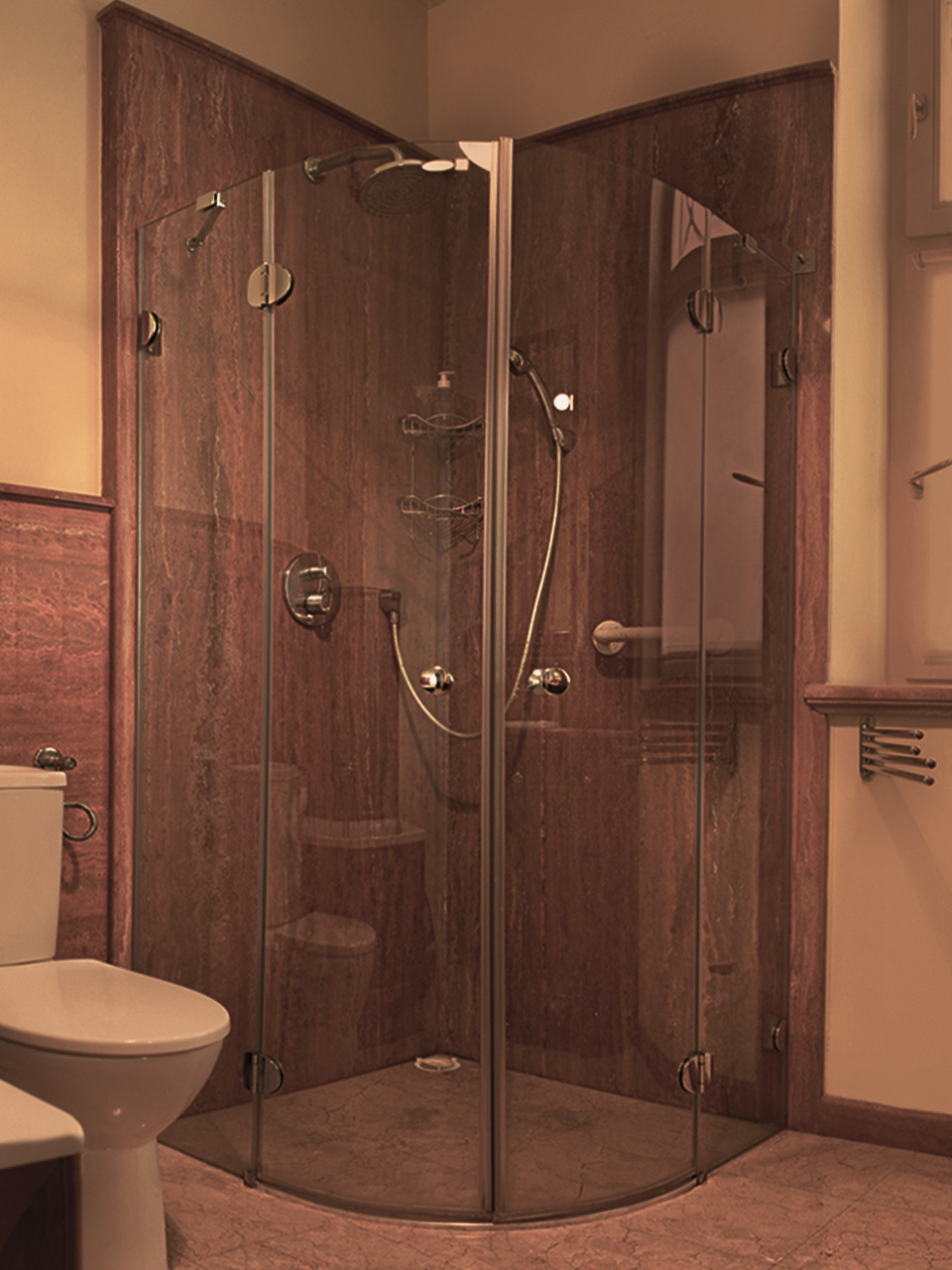
Tap to Read ➤
Sitz Bath
Puja Lalwani

Derived from the German word 'sitzen', which means to sit, this is exactly what a sitz bath entails - sitting in one, to heal yourself of different problems. All your queries about this bathing method have been answered in the following post.

The procedure of a sitz bath has always been recommended by doctors to treat a variety of conditions that affect the genital areas. This bath is simply the process of soaking the hips and buttocks in warm water (with some optional, additional ingredients) to treat the area. The warm water ensures adequate blood supply to the affected area and aids the healing process. Here, we will understand the process of this particular bath and its benefits in detail.

What is a sitz bath used for?
It is used to treat conditions such as anal fissures, itching, and swelling in the genital areas, prostate infections, uterine cramps, or hemorrhoids. It is also used as a great remedy by women, who have just delivered babies, to heal themselves of the pain associated with the process. It may also be used to treat conditions such as inflammatory bowel disease.

What are its benefits?
Not only does this bath help heal various conditions, it is also a great method of keeping the affected area clean and clear of infections. It enhances blood circulation and heals sore tissues and pain in the area.

What should I use for a sitz bath?
You can easily take such a bath at home by using a specific bathtub that fits on the commode, or simply in your bathtub. A sitz bathtub is like a basin that is filled with water, and some have an apparatus that provides for a continuous flow of warm water. It also has vents to drain out the excess water into the commode. Though this is convenient, you may also use your normal bathtub for this bath. Ensure that both are thoroughly cleaned before you use them.

What does the process involve?
Simply soak the affected area in water that is warm, but not hot, for about 20-30 minutes. To maintain the temperature of the water, you may keep adding warm water to it. Doctors recommend that women, who are taking such a bath for postpartum healing, should alternate between warm and cold water for quick healing. This means, they ought to soak in warm water for 3-4 minutes, followed by cold water for not more than 1 minute.

Can I add anything else to the Bath?
Some herbalists recommend the use of a specific recipe to enhance the healing process. You may add epsom salt or sea salt, or essential oils such as lavender oil, cypress oil, comfrey leaves, sage leaves, witch hazel leaves, uva ursi leaves, yarrow flower and leaves, chamomile flowers, and rosemary leaves.

Women using a sitz bath for postpartum healing may add a small amount of vinegar and sea salt to the water. It is always better to consult your doctor, or a qualified herbalist, before adding any additional ingredients to the bath.

Is there any special care I should take while taking this bath?
Yes. For one, after you are done with the bath, get up slowly. If you get up too fast you may feel dizzy or lightheaded, and make yourself prone to injury. Next, when you finish with the bath, dab (not rub) the area completely dry with a clean towel. Do not apply anything, unless advised by your doctor.

How often should I take this bath?
A sitz bath may be taken several times a day, based on instructions by the doctor. Since it is a natural process, there are no associated side effects. However, following all the aforementioned instructions is extremely necessary, so as to avoid the condition from worsening.

Further, additions to the water in terms of bath salts and herbs, should also be carried out with proper recommendations. If the instructions are followed to the last word, a sitz bath is bound to help you cure all the problems that are affecting you, and give you relief by the means of a natural method.

Disclaimer: This Story is for informative purposes only, and should not be used as a replacement for expert medical advice.